
Video
For the 50th anniversary of the Apollo 11 moon landing, Apollo 16 astronaut General Charles Duke sits down with students Jose Lopez, Jonathan Luines, and Morgan Swygert, to discuss his experiences as...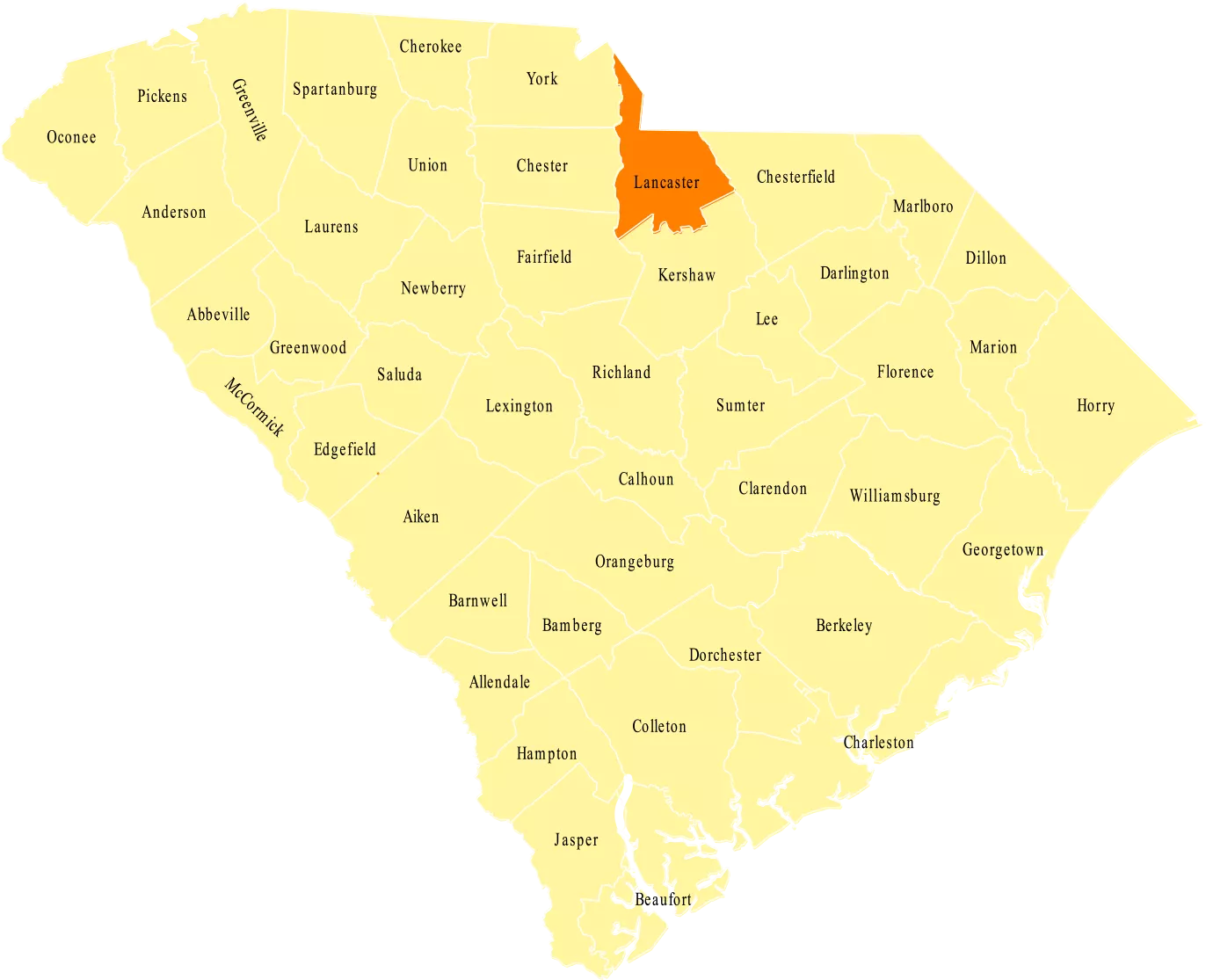
“Lancaster County and its county seat were named for Lancaster County, Pennsylvania.” This origin is most likely tied to the Scotch-Irish settlers from Pennsylvania that settled the area in the mid-18th century. Initially belonging to the Camden District, the county was founded in 1785. Lancaster County became smaller after lands belonging to the county were used to create Kershaw County in 1791. Lancaster County lies between Charlotte, North Carolina and Columbia, South Carolina.
The county played an important role in the Revolutionary War, with the battles of Waxhaw and Hanging Rock occurring in the county. Lancaster County is also known for notable residents Andrew Jackson, the seventh president of the United States, and Charles M. Duke Jr., an astronaut. The area has relied and continues to rely heavily on agriculture. However, textiles and gold mining also entered the economy in the 19th century.
A Brief History of Lancaster County. Accessed June 06, 2016.

Video
For the 50th anniversary of the Apollo 11 moon landing, Apollo 16 astronaut General Charles Duke sits down with students Jose Lopez, Jonathan Luines, and Morgan Swygert, to discuss his experiences as...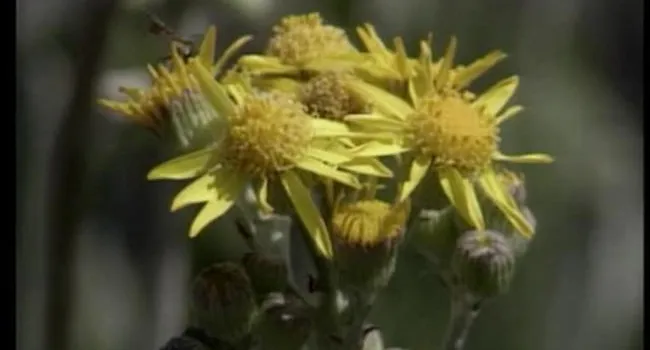
Video
Foothills- “flat rock communities” can be found here: outcroppings of rock with standing water. Endemic flowers are a species of flower only found in these communities, such as Cottony Groundsel...
Video
Rudy and Jim visit Forty Acre Rock, which is in Flat Creek Heritage Preserve, in Lancaster, S.C. Pine Forest - The forest, once dominated by hardwood trees, is now populated with mostly pine trees...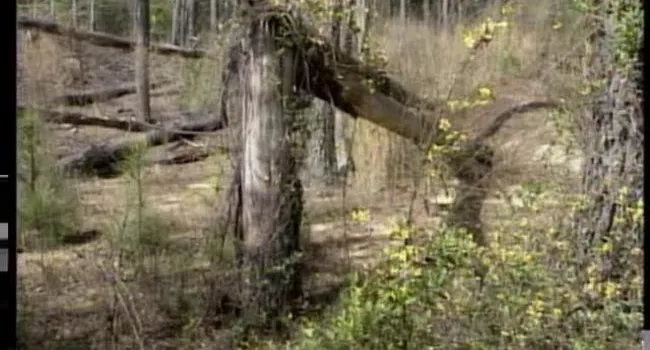
Video
Damage from Hurricane Hugo, seen with some of the pine trees knocked over by high force winds, still remain. Yellow Jessamine and Japanese Honeysuckle plants can be seen growing over the damage left...
Video
At the same stop, Rudy and Jim come across a few common species of insects which populate the area: a male Tiger Swallowtail butterfly, a Sunflier dragonfly, and a cluster of Fall Webworm silk is...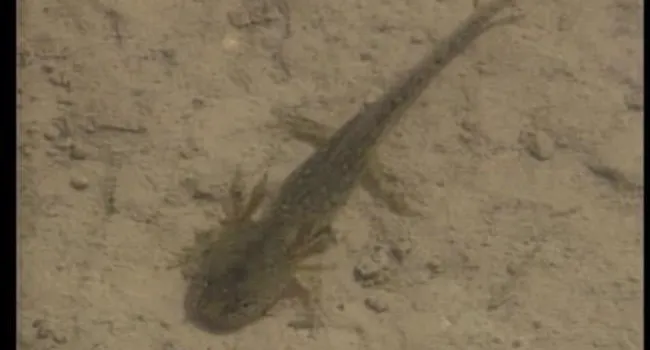
Video
The significant amount of warm rain water greatly benefits the plant and animal life here. In one of these pools of water found in the rock outcroppings, Spotted Salamander egg masses can be seen...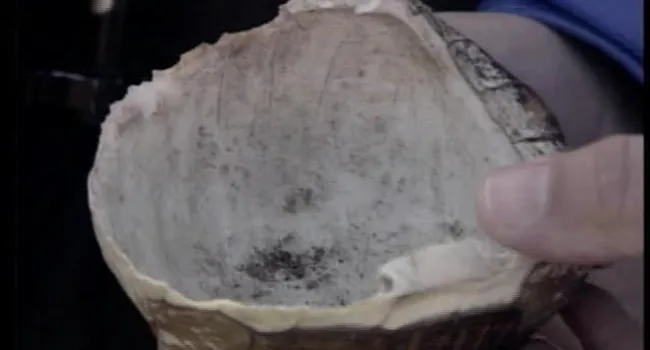
Video
Rudy and Jim discuss the process of exfoliation, which commonly takes place on rock outcroppings such as this one. Here, on this island of soil, we see more yellow jessamine, moss, red cedar trees...
Video
Vernal Pools - Red Cedar trees commonly populate these rock outcropping areas. Lichens break down the rock surface, creating the dirt in which plants can grow. Black Rock Moss Haircap Moss...
Video
Large masses of granite such as this one, are sometimes called “Plutons,” named after the Roman god of the underworld. This is due the hot liquid granite coming up from the ground and cooling...
Video
After the rock gets broken down into soil, the first species of plant life to grow in these areas are mainly Stonecrops, along with Rock Sandwort.